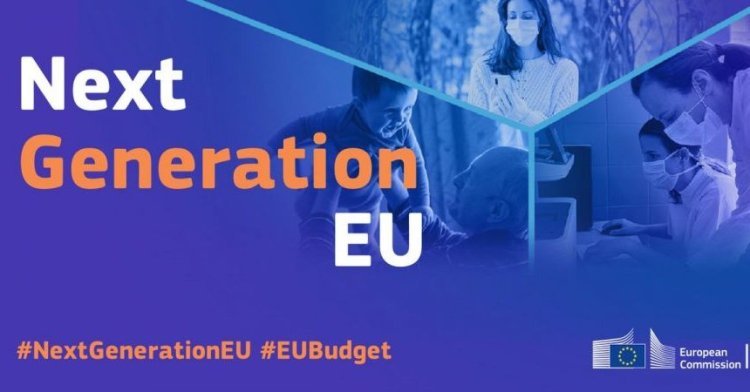The Covid-19 crisis seems to have set back the clock to the dreadful economic crisis of 2008; the analogies between the 2008 and 2020 crisis (although different in causes and nature) abound in the pages of the main newspapers across Europe. The loss of jobs, the banking sector in crisis, the high volatility of market stocks and the looming echoes of the anti-European and nationalist parties which call for domestic solutions to systemic problems represent a time bomb for the Union. Since the start of the Covid-19 crisis many have asked rhetorically “Where is the Union?”. The Union is answering now with a decision that will pass as an historical milestone in the history of the European regional integration process.
To help to repair the social and economic crisis caused by the Coronavirus pandemic, the European Commission and the European Parliament have agreed on a recovery plan which aspires to lay the foundations of a new interconnected, collaborative and pro-active Europe.
The EU’s long-term budget coupled with the Next Generation EU initiative, a temporary instrument that aims at inserting a financial stimulus of 1.8 trillion - to build a greener, more digital and more united European Union. This is, as president Macron announced, an “European New Deal”. The biggest aspect of this funding is the 750 billion to be redistributed to the 27 Member States. These funds will be posted on the debt market and financed by the communal budget of the Union, with 390 billion coming in via direct transfers and the remaining 360 billion taking the form of collective loans at a subsidized rate. The large majority of these funds will finance the main instrument of Next Generation EU: the Recovery and Resilience Facility. These outgoing funds add up to 672.5 billion, with 360 billion being received as loans and 312.5 billion as grants.
This massive help package, however, is not a blank check; in order to obtain these funds, each EU member state must present national plans as a testimony of willingness of recovery and resilience with the promise of undertaking steps towards the transformation of their national economies in line with the priorities of the Union. Each plan will be revised by the European Commission (two months window period) and approved by the European Council (4 weeks window period). The financial grant will be administered as countries achieve the objectives declared by the Union. In the same spirit of collaboration and control, the expenditures of the states will be monitored by the Commission in conjunction with the Council where even a single state can veto and bring the actions of another single state to the table of the EU leaders.
The largest economic engineering project in the EU was in danger of not seeing the light. Since the beginning of the pandemic, when the Union had not yet created, or even discussed the creation of, tools for post-Covid-19 economic recovery, many actors tried to counter and reject even the idea of an EU-wide response. Once negotiations were under way, there was the blockade of the so-called “frugal” countries (The Netherland, Austria, Sweden, and Denmark), which were worried about a possible mismanagement of funds by the Mediterranean countries often labeled as inefficient. The second veto to the project came from the countries of Eastern Europe in the voices of Hungary and Poland, which, frightened by the declarations of Brussels to link the funds for the recovery to the implementation of the rule of law and the protection of human rights, sought to delay the creation of the project.
On Friday 18 December, all the blocking instances fell and political agreement was reached by the negotiators of the Council and the EU Parliament on the regulation of the Recovery and Resilience Facility. It will be binding on the final definition of the national recovery plans and some countries have moved forward and are already presenting drafts, such as France, Spain, Portugal and Greece. If there are no further hitches, the first resources of the Recovery Fund could be available in June 2021 or soon thereafter.
Yet the funds remain, to some degree, conditional. The compromise reached with Hungary and Poland only lets them off the hook for the rule of law mechanism temporarily. Essentially it allows any country found to be in violation of the rule of law to challenge the mechanism at the European Court of Justice, which could delay the enforcement of the mechanism for months if not years.

Follow the comments: |
|
